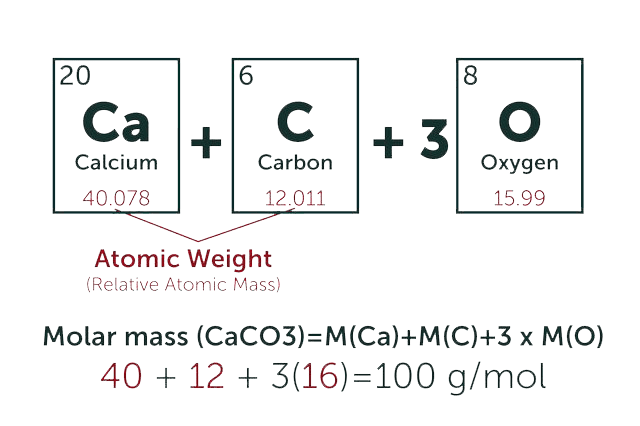CC-1065
* Please be kindly noted products are not for therapeutic use. We do not sell to patients.
| Category | Antibiotics |
| Catalog number | BBF-02761 |
| CAS | 69866-21-3 |
| Molecular Weight | 703.70 |
| Molecular Formula | C37H33N7O8 |
Online Inquiry
Description
CC-1065 is originally isolated from Streptomyces zelensis and its bioactivity was very strong. CC-1065 is against gram-positive bacteria with the MIC=1-10 ng/mL, against most gram-negative bacterial and fungi with the MIC of 1 μg/mL.
Specification
| Synonyms | Antibiotic CC 1065; NSC298223; CCRIS 2174 |
| IUPAC Name | 5-hydroxy-2-[5-hydroxy-4-methoxy-2-(3-methyl-7-oxo-5,10-diazatetracyclo[7.4.0.01,12.02,6]trideca-2(6),3,8-triene-10-carbonyl)-7,8-dihydro-3H-pyrrolo[3,2-e]indole-6-carbonyl]-4-methoxy-7,8-dihydro-3H-pyrrolo[3,2-e]indole-6-carboxamide |
| Canonical SMILES | CC1=CNC2=C1C34CC3CN(C4=CC2=O)C(=O)C5=CC6=C7CCN(C7=C(C(=C6N5)OC)O)C(=O)C8=CC9=C1CCN(C1=C(C(=C9N8)OC)O)C(=O)N |
| InChI | InChI=1S/C37H33N7O8/c1-14-12-39-27-22(45)10-23-37(24(14)27)11-15(37)13-44(23)35(49)21-9-18-16-4-6-42(28(16)30(46)32(51-2)25(18)41-21)34(48)20-8-19-17-5-7-43(36(38)50)29(17)31(47)33(52-3)26(19)40-20/h8-10,12,15,39-41,46-47H,4-7,11,13H2,1-3H3,(H2,38,50) |
| InChI Key | UOWVMDUEMSNCAV-UHFFFAOYSA-N |
Properties
| Antibiotic Activity Spectrum | Gram-positive bacteria; Gram-negative bacteria; fungi |
| Boiling Point | 704.36°C at 760 mmHg |
| Density | 1.2929 g/cm3 |
Reference Reading
Recommended Products
| BBF-05817 | Astaxanthin | Inquiry |
| BBF-01829 | Deoxynojirimycin | Inquiry |
| BBF-03819 | Spinosyn A | Inquiry |
| BBF-03488 | Streptozotocin | Inquiry |
| BBF-00664 | Alternariol | Inquiry |
| BBF-05808 | Triptolide | Inquiry |
Bio Calculators
* Our calculator is based on the following equation:
Concentration (start) x Volume (start) = Concentration (final) x Volume (final)
It is commonly abbreviated as: C1V1 = C2V2

